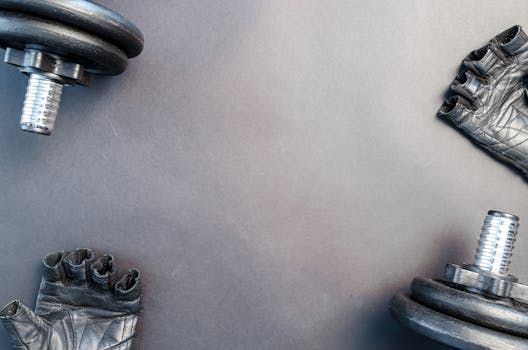The Three Laws of Productive Strength Training
Remember Isaac Asimov's Three Laws of Robotics? They went like this:
- A robot may not injure a human being, or, through inaction, allow a human being to come to harm.
- A robot must obey the orders given to it by human beings, except where such orders would conflict with the First Law.
- A robot must protect its own existence as long as such protection does not conflict with the First or Second Law.
These rules weren't just science fiction—they were a framework. No matter what situation a robot faced, the Three Laws created order and direction.
Well, strength training works the same way. If you want real results, you've got to follow The Three Laws of Productive Strength Training . They form the backbone of everything we do at TNT Strength. Break them, and you're spinning your wheels. Respect them, and progress is inevitable.

Law #1: Stimulate
The purpose of lifting weights is simple: to stimulate new muscle growth. That's it.
Not to "confuse" your muscles. Not to sweat for 90 minutes. Not to burn off last night's pizza.
Stimulation comes from progressive overload —doing more than you did last time. Without overload, your muscles have no reason to adapt [Schoenfeld, 2010]. The most powerful driver of hypertrophy is mechanical tension , especially the "effective reps" near failure where fibers are recruited maximally [GQ, 2023].
And not every exercise is created equal. Research shows different exercises for the same muscle group can lead to different growth patterns—for example, squats and leg extensions emphasize different parts of the quadriceps [Ema et al., 2021].
Key Question: Is this exercise delivering maximum intensity to the target muscle?
Because without proper stimulation, nothing happens.
Law #2: Recover
Here's the truth most people ignore: muscles don't grow in the gym.
They grow between workouts, during recovery. If you train again before you've fully recovered, you cut the growth process short. That means you can't come back stronger—and if you can't come back stronger, you can't progress.
This is the principle of supercompensation —train, recover, adapt, repeat [Wikipedia]. How long does recovery take? It depends. Training to failure or doing higher-volume sessions increases recovery time, especially in trained lifters [Nóbrega & Libardi, 2025].
Meta-analyses suggest that most people grow best training each muscle 2–3 times per week, provided total volume is managed [Grgic et al., 2018]. But that's not a cookie-cutter rule—it's a guideline. Recovery is individual, not calendar-based.
Key Question: Am I 100% recovered and ready to train today?
If the answer is no, you need more time. Training too soon doesn't make you tougher—it just makes you tired.
Law #3: Grow
Growth is the payoff. It's what happens when stimulation meets recovery. But here's the kicker—you can only confirm growth if you measure it.
Without numbers, you're just guessing.
Research shows hypertrophy responds best when training volume is tracked and progressed within optimal ranges (around 8-12 weekly sets per muscle for trained athletes) [Radaelli et al., 2022]. Long-term, structured, measurable training plans outperform random workouts [Williams et al., 2018].
Key Question: How am I measuring intensity?
If you can't answer that, you don't know if you're actually growing.
TAKU's NOTE:
Asimov's robots had their Three Laws. At TNT Strength, we've got ours:
- Stimulate → Trigger new growth.
- Recover → Allow full adaptation.
- Grow → Confirm progress through measurement.
Follow these laws and every workout has purpose. Break them, and you're wasting time, energy, and motivation.
Strength training doesn't have to be complicated—it just has to be precise. Stimulate. Recover. Grow. Repeat.

Experience the TNT Strength difference with a free workout.
START YOUR FITNESS TRANSFORMATION WITH A
FREE WORKOUT
Complete the form and we'll set up an appointment for you.











